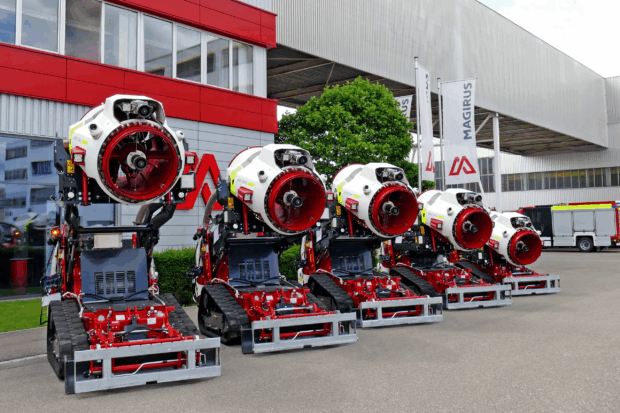Cutting-Edge Biometric Authentication Enhances Workplace Safety and Security. Advanced Access Control Systems Fortify High-Security Workplaces
Cutting-Edge Biometric Authentication Enhances Workplace Safety and Security. In the ever-evolving landscape of workplace safety and security, the implementation of biometric authentication systems for access control has emerged as a cutting-edge solution. With a focus on safeguarding sensitive areas within high-security workplaces, these systems offer a formidable defense against unauthorized access, ensuring that only authorized personnel can enter restricted zones.
Biometric authentication technology utilizes unique physiological or behavioral characteristics, such as fingerprints, iris patterns, or facial features, to verify the identity of individuals seeking access. Unlike traditional methods like keycards or passwords, biometric authentication provides a highly secure and reliable means of identification, significantly reducing the risk of unauthorized entry.
Occupational health and safety experts emphasize the critical role of access control in minimizing workplace hazards and mitigating potential risks. By restricting access to designated areas, employers can prevent accidents, protect confidential information, and maintain compliance with regulatory requirements.
“The implementation of biometric authentication systems represents a proactive approach to workplace safety,” says Dr. Emily Patel, a leading expert in occupational health and safety. “These systems not only enhance security measures but also contribute to a culture of accountability and responsibility among employees.”
The benefits of biometric authentication extend beyond traditional security measures. In high-risk industries such as healthcare, pharmaceuticals, and finance, where confidentiality and data protection are paramount, these systems offer unparalleled protection against breaches and unauthorized disclosures.
Moreover, biometric authentication mitigates the inherent vulnerabilities associated with traditional access control methods. Lost or stolen keycards, forgotten passwords, or unauthorized sharing of access credentials become obsolete concerns, as biometric data is inherently unique to each individual.
The implementation of biometric authentication systems requires careful planning, rigorous testing, and adherence to stringent privacy regulations. Employers must address potential concerns regarding data privacy, consent, and the storage of biometric information to ensure compliance with legal requirements and protect employee rights.
“Ensuring the ethical and responsible use of biometric data is essential,” emphasizes Dr. Patel. “Employers must prioritize transparency, consent, and data security to build trust and confidence among employees.”
While the initial investment in biometric authentication systems may be substantial, the long-term benefits in terms of enhanced security, reduced operational risks, and improved regulatory compliance outweigh the costs. Moreover, the integration of biometric technology aligns with the evolving landscape of workplace safety and security, reflecting a commitment to innovation and continuous improvement.
As workplaces continue to evolve and adapt to emerging threats and challenges, the adoption of biometric authentication systems for access control stands as a testament to the commitment of employers to prioritize the safety, security, and well-being of their employees and assets. With advanced technology paving the way for a safer and more secure work environment, the future of workplace security looks increasingly promising.











